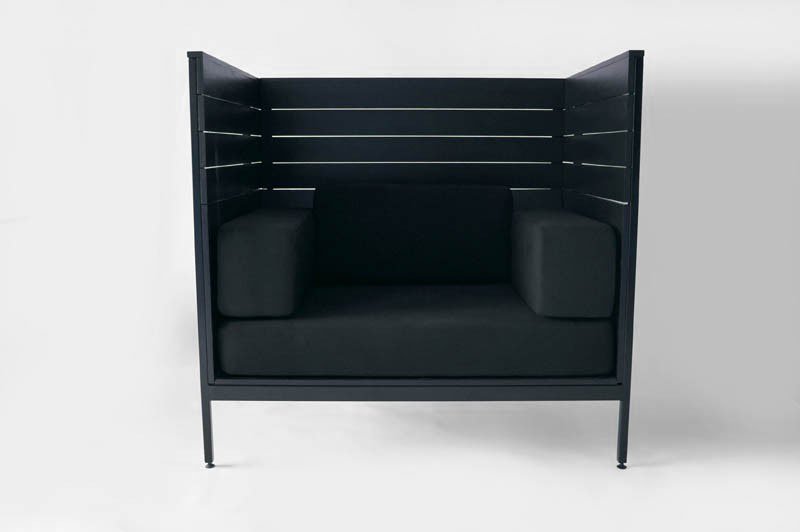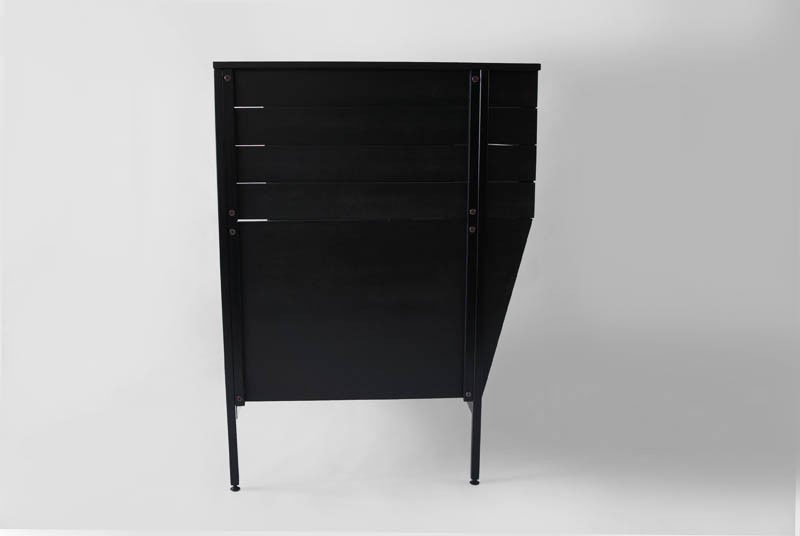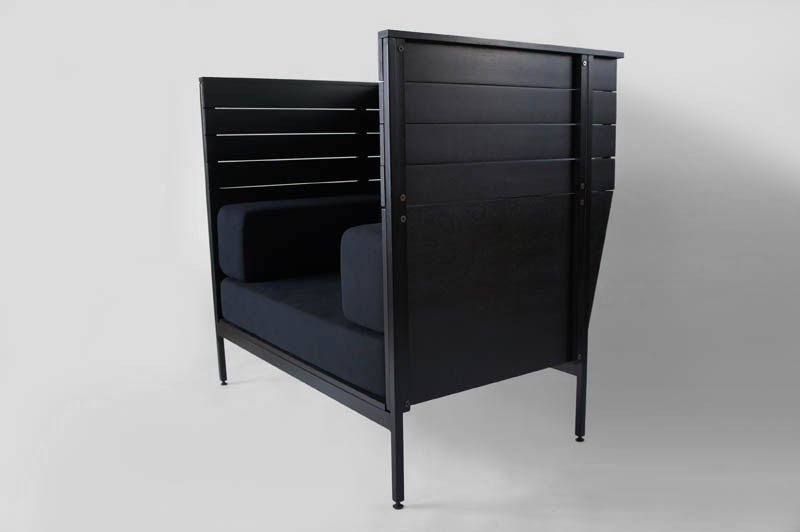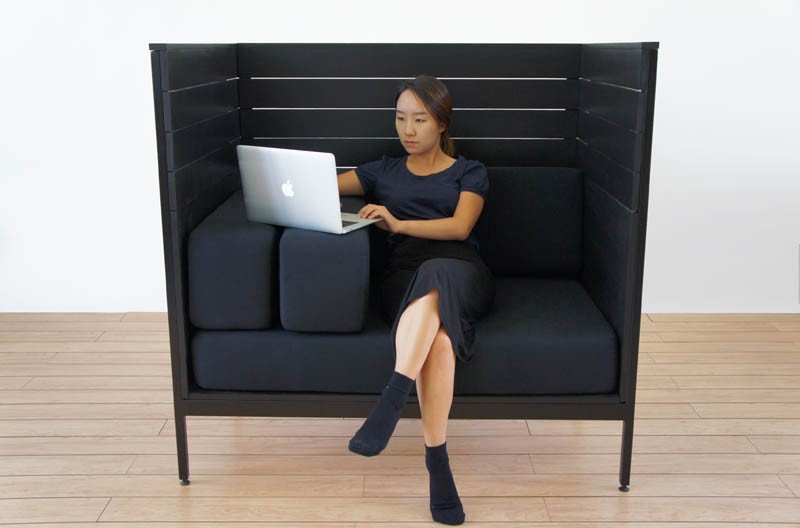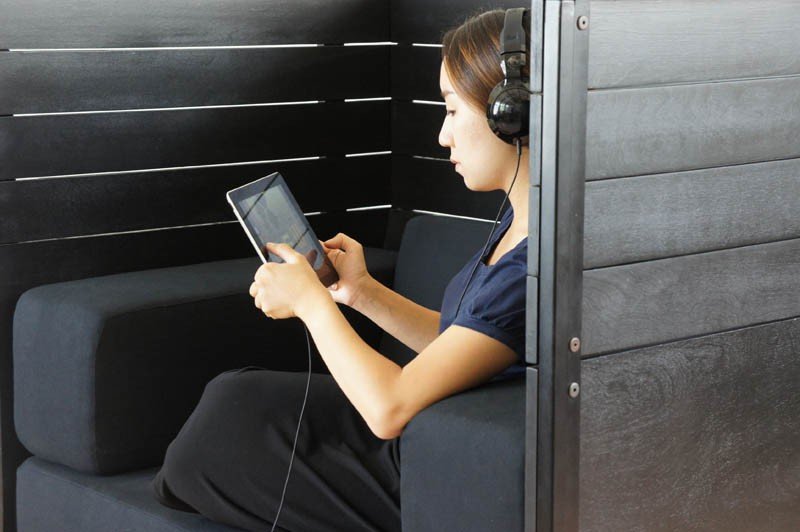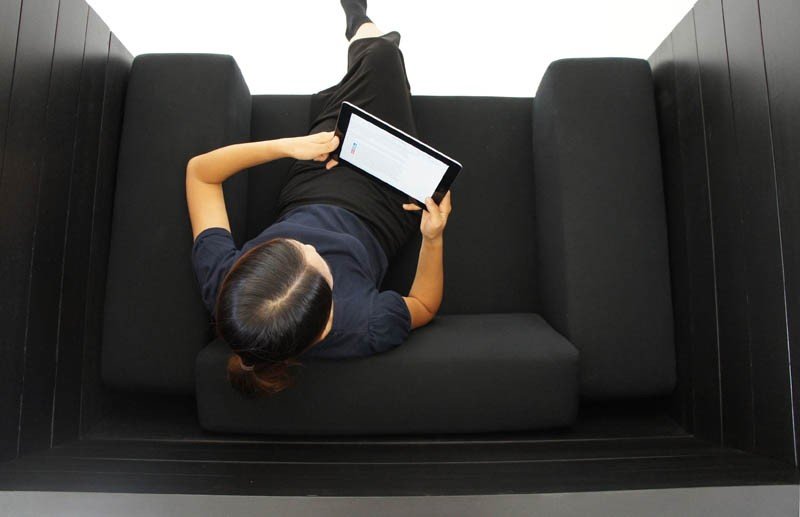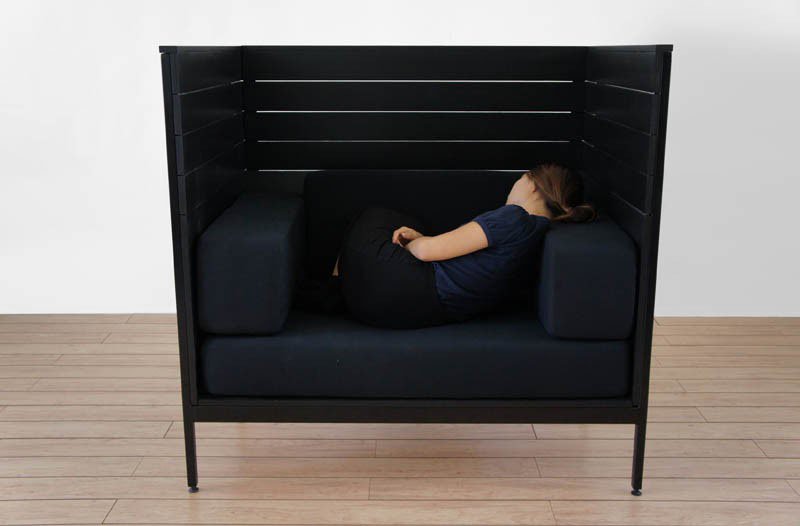Workplace Soft Seating
Four seating designs offer unique concepts of interaction for spatial control in the workplace. These ideas take on new relevance to address post-pandemic spatial sensitivities.
Prototypes, 2014
Screen Lounge
‘Privacy Chair’ has become a new typology in the open office, offering a place of escape from noisy group settings. This design explores dynamic ways of modulating privacy and comfort while also seeking an appropriate scale. The curved back serves as a ‘screen’ and the user can shift his spatial relationship to it by moving the backrest cushion. This offers dynamic ways of using the space within the chair, to allow postures that are restful and private, but still professional. Plywood, upholstery, hardware.

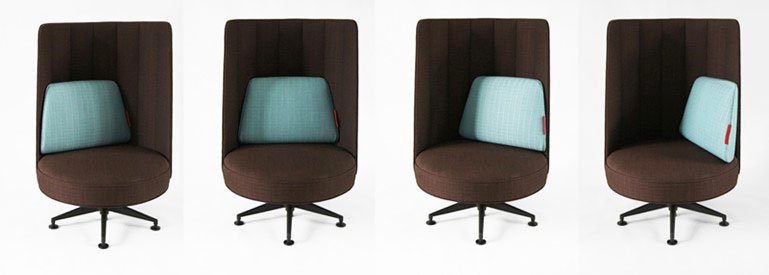
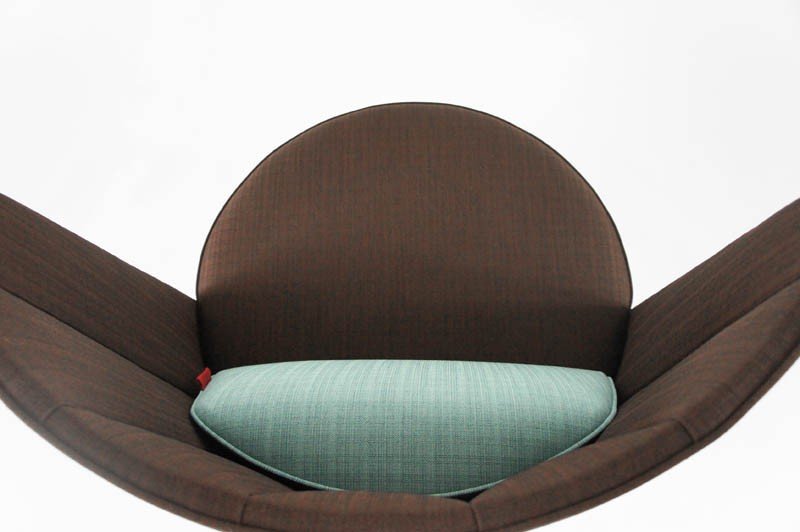
Beam Bench
The spaces in-between office settings can offer points of connection and exchange. The beam bench is a simple rail system to attach 4 archetypal elements: seat, container, table, hook. These can be arranged in any order and scaled in length. A versatile system for the office. Steel, upholstery, wood.
The 360 Lounge
This chair has a armrest/backrest that rotates 360 degrees around and turns independently from the seat surface. This dual-pivot action allows for dynamic shifts of posture. The generous proportions of the seat attempt to bridge the categories of ‘task chair’ and ‘lounge’ - creating a new category of ‘task lounge’. The chair is used in active team spaces for collaborative work and in educational settings. Plywood, upholstery, hardware.
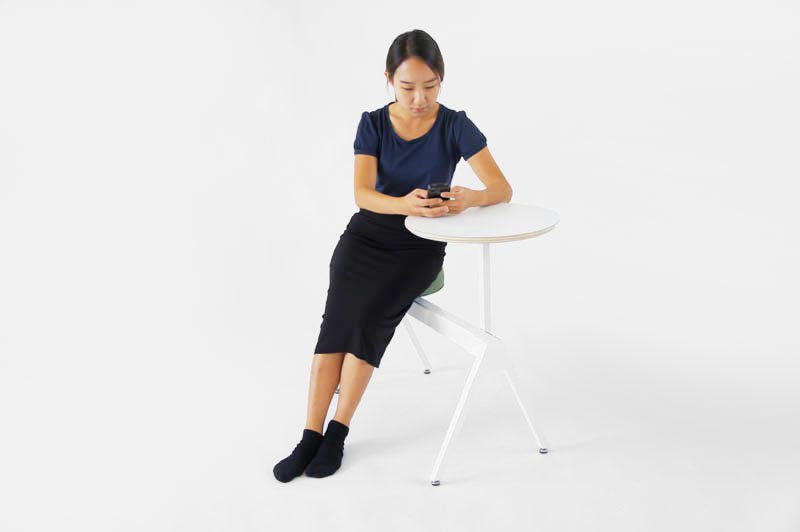
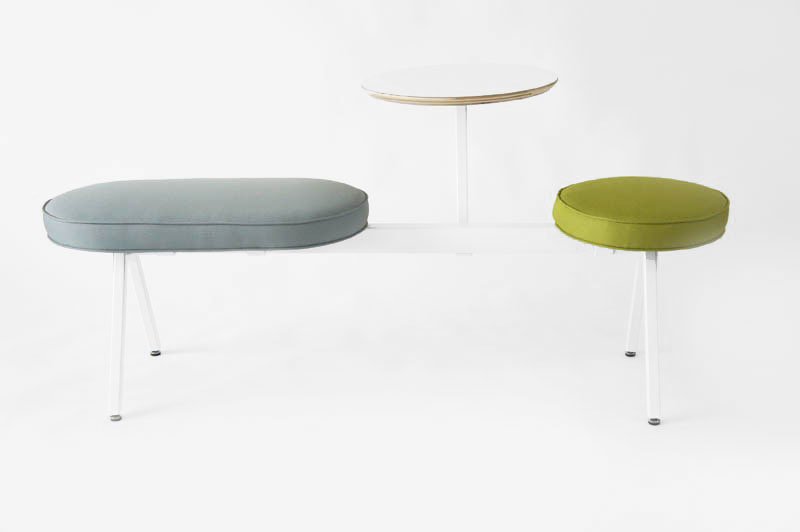

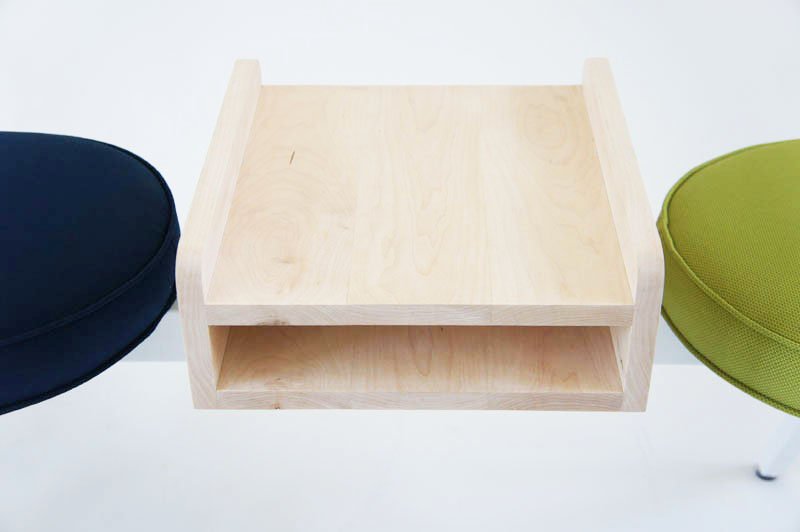


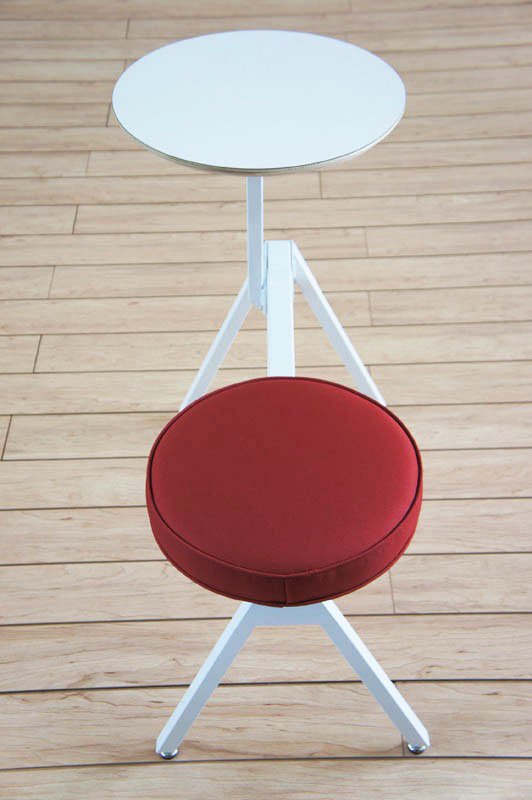
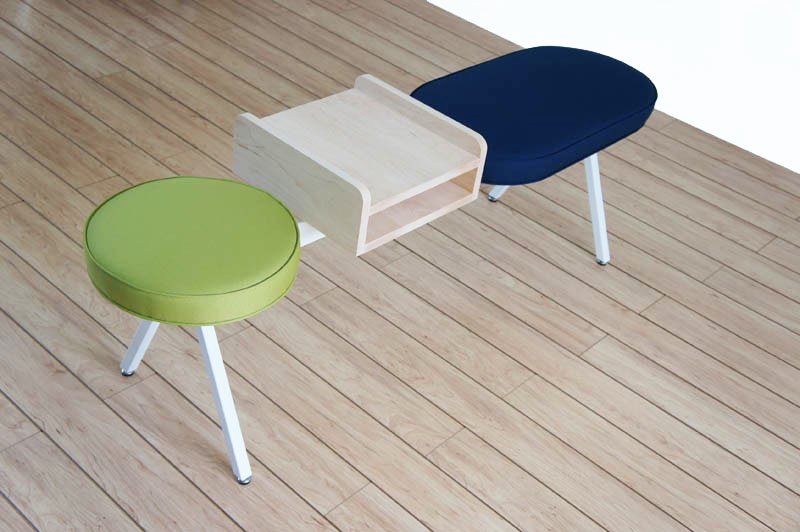
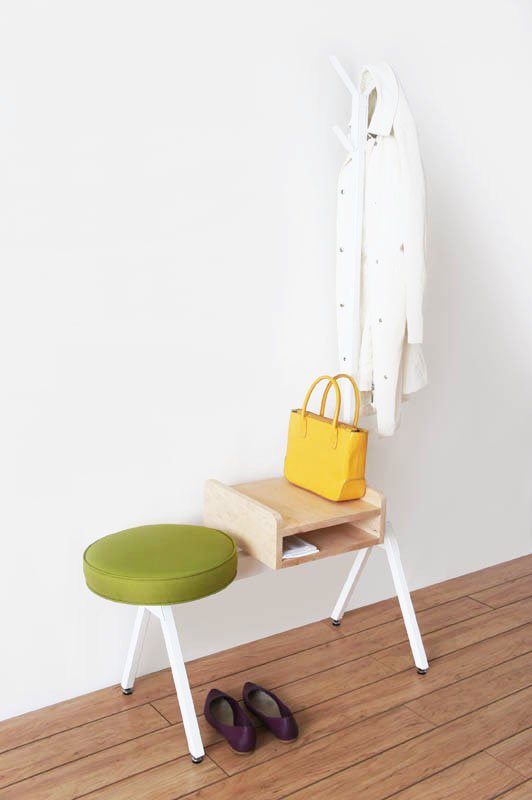
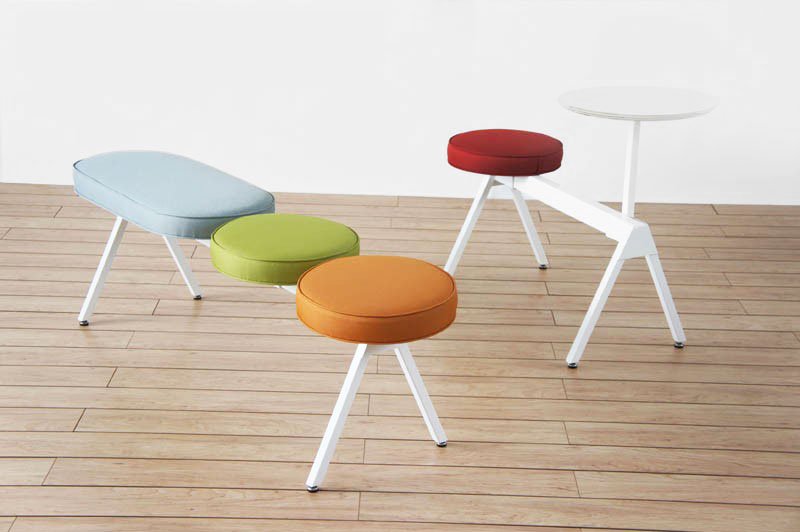
Deep Dark Lounge
A privacy chair for public spaces. The wood slat construction allows the user to peek thru the cracks to observe the surrounding space, while still remaining hidden. This provides an added sense of psychological security while nesting in this generous, cushioned space. Upholstered cushions can easily be arranged asymmetrically to create a working surface. The overall affect of this design is introverted and private. Wooden panels, steel frame, upholstery.
